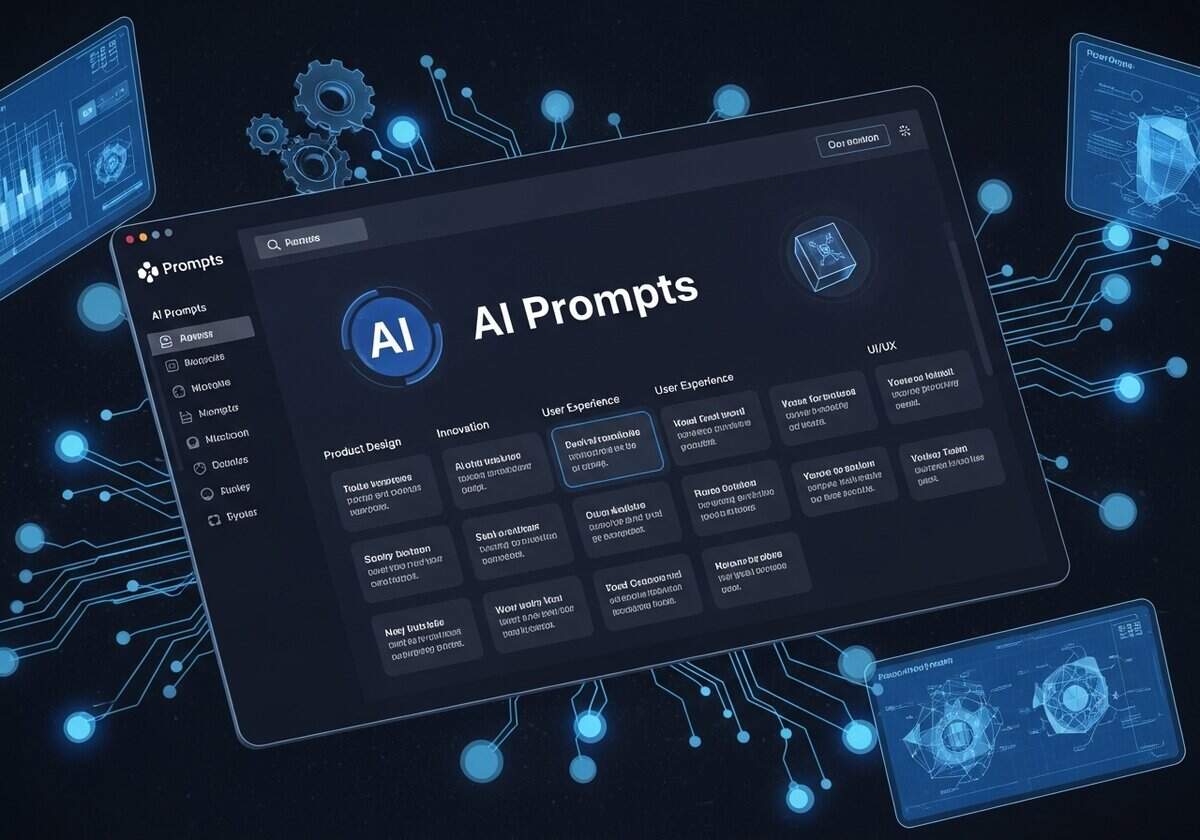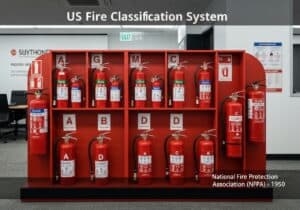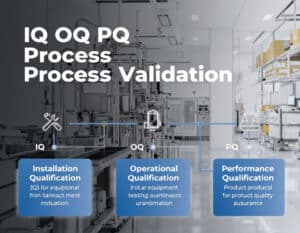Einfach das größte Verzeichnis für KI-Eingabeaufforderungen, spezialisiert auf Produktdesign und Innovation

Willkommen beim weltweit größten Verzeichnis für KI-Anweisungen, das sich mit fortschrittlichem Produktdesign, Technik, Wissenschaft, Innovation, Qualität und Fertigung befasst. Während Online-KI-Tools die technische Landschaft durch die Erweiterung menschlicher Fähigkeiten rapide verändern, entfalten sie ihre wahre Stärke erst durch präzise und fachmännisch ausgearbeitete Anweisungen. In diesem umfassenden Verzeichnis finden Sie eine Sammlung solcher Anweisungen, die es Ihnen ermöglichen, KI-Systeme zu steuern, die große Datenmengen verarbeiten, komplexe Muster erkennen und neue Lösungen weitaus effizienter als herkömmliche Methoden entwickeln können.
Entdecken Sie die exakten Eingabeaufforderungen, die Sie benötigen, um KI-Agenten für die Optimierung Ihrer Entwürfe im Hinblick auf Spitzenleistung und Herstellbarkeit, die Beschleunigung komplexer Simulationen, die genaue Vorhersage von Materialeigenschaften und die Automatisierung einer Vielzahl wichtiger Analyseaufgaben zu nutzen, und stimmen Sie diese ab.
Die erweiterten Suchfilter ermöglichen einen schnellen Zugriff auf dieses umfangreiche Verzeichnis und decken das gesamte Spektrum der modernen Technik ab.
Angesichts der Server-Ressourcen und des Zeitaufwands sind die Eingabeaufforderungen selbst nur registrierten Mitgliedern vorbehalten und unten nicht sichtbar, wenn Sie nicht angemeldet sind. Sie können sich registrieren, 100% kostenlos:
Mitgliedschaft erforderlich
Sie müssen Mitglied sein, um auf diesen Inhalt zugreifen zu können.
- Klassifizierung und Einstufung
AI Aufforderung an Python Code for Simple Regression Model
- Design für additive Fertigung (DfAM), Maschinelles Lernen, Algorithmen für die vorausschauende Wartung, Prototyping, Software, Software-Entwicklungskit (SDK), Statistische Analyse
Generates a basic Python script using scikit-learn for a simple linear or polynomial regression model. This script aims to predict an output variable from one or more input variables based on a sample CSV data snippet provided by the user facilitating quick model prototyping. The output is Python code.
Ausgabe:
- Python
- erfordert kein Live-Internet
- Fields: {input_variables_names_csv} {output_variable_name} {sample_data_csv_snippet}
- Best for: ').split('
- Fehlersuche und Diagnostik
AI Aufforderung an Ermittlung der Ursachen für numerische Instabilität
- Numerische Strömungsmechanik (CFD), Design für additive Fertigung (DfAM), Fehlermöglichkeits- und Einflussanalyse (FMEA), Qualitätskontrolle, Risikomanagement, Simulation, Statistische Prozesskontrolle (SPC)
Diese Eingabeaufforderung wertet die bereitgestellte mathematische Modellbeschreibung oder den Codeausschnitt {Beschreibung} aus, um potenzielle Ursachen für numerische Instabilität oder Konvergenzprobleme zu ermitteln. Sie gibt einen detaillierten Diagnosebericht und Empfehlungen zur Stabilisierung aus.
Ausgabe:
- Markdown
- erfordert kein Live-Internet
- Felder: {Beschreibung}
- Am besten geeignet für: Aufspüren und Beheben von Problemen mit der numerischen Stabilität
- Codegenerierung und Fehlersuche
AI Aufforderung an Generate Python code for symbolic integration
- Computer-Algebra-Systeme (CAS), Mathematik, Prozess-Optimierung, Software, Software-Entwicklungskit (SDK), Softwareentwicklung, Statistische Analyse, Symbolisches Algebra-System (SAS)
This prompt generates Python code using the SymPy library to perform symbolic integration of the input mathematical expression {expression} with respect to variable {variable}. The code should include comments explaining each step and handle definite integrals if {lower_limit} and {upper_limit} are provided.
Ausgabe:
- Python
- erfordert kein Live-Internet
- Fields: {expression} {variable} {lower_limit} {upper_limit}
- Best for: Automating symbolic integration tasks
- Datengenerierung oder -erweiterung
- Mathematik
AI Aufforderung an Generate synthetic polynomial dataset
- Künstliche Intelligenz (KI), Computer-Algebra-Systeme (CAS), Mathematik, Neurales Netzwerk, Algorithmen für die vorausschauende Wartung, Prozessverbesserung, Statistische Analyse
This prompt generates a synthetic dataset of polynomials with specified degree and coefficient ranges. The dataset includes polynomial expressions, their derivatives, and roots approximated numerically. This is useful for training or testing symbolic computation or algebraic algorithms.
Ausgabe:
- CSV
- erfordert kein Live-Internet
- Fields: {degree} {coefficient_range_min} {coefficient_range_max} {number_of_polynomials}
- Best for: Synthetic polynomial data for algorithm testing and training
- Extraktion von Informationen
AI Aufforderung an Extract eigenvalues and eigenvectors from matrix description
- Künstliche Intelligenz (KI), Numerische Strömungsmechanik (CFD), Design für additive Fertigung (DfAM), Maschinelles Lernen, Mathematik, Statistische Analyse, Statistische Tests
This prompt extracts all eigenvalues and eigenvectors described or listed in the input {text} related to a matrix or operator. It returns a CSV table with eigenvalue, multiplicity (if stated), and eigenvector components as comma-separated lists. This facilitates rapid cataloging of spectral properties from experimental logs or papers.
Ausgabe:
- CSV
- erfordert kein Live-Internet
- Felder: {Text}
- Best for: Extracting spectral data from text
- Extraktion von Informationen
AI Aufforderung an Extract function definitions from text
- Künstliche Intelligenz (KI), Design Denken, Maschinelles Lernen, Mathematik, Forschung und Entwicklung, Statistische Analyse, Statistische Tests
This prompt scans the input {text} to extract all mathematical function definitions, including their domain, codomain, and formula. The output is a JSON array where each element contains the function name, domain, codomain, and expression. This automates capturing function details from research papers or notes.
Ausgabe:
- JSON
- erfordert kein Live-Internet
- Felder: {Text}
- Best for: Extracting structured function data from unstructured text
- Extraktion von Informationen
AI Aufforderung an Extract mathematical constants from text
- Analyse der Varianz (ANOVA), Entwurf für Six Sigma (DfSS), Mathematik, Qualitätskontrolle, Qualitätsmanagement, Statistische Analyse, Statistische Tests
This prompt extracts and lists all mathematical constants and their values explicitly mentioned in the input {text}. It identifies constants like π, e, γ, and others, providing a neatly formatted LaTeX table with constant names, definitions, and numerical approximations. It is ideal for quickly isolating key constants from technical documents or notes.
Ausgabe:
- LaTeX
- erfordert kein Live-Internet
- Felder: {Text}
- Best for: Extracting constants, reference documentation, summarizing numeric values
- Fehlersuche und Diagnostik
- Mathematik
AI Aufforderung an Analyze Numerical Model Instability or Errors
- Fehlervermeidung, Mathematik, Prozessverbesserung, Qualitätssicherung, Qualitätskontrolle, Simulation, Statistische Analyse, Statistische Prozesskontrolle (SPC)
A numerical simulation based on a mathematical model is producing unexpected or unstable behavior. The AI analyzes the model equations parameters and (optionally) discretization details to suggest potential mathematical sources of instability parameter sensitivities or significant discretization errors.
Ausgabe:
- Text
- erfordert kein Live-Internet
- Fields: {model_equations_and_parameters_text_or_latex} {description_of_unexpected_simulation_behavior_text} {simulation_code_language_and_key_algorithms_used_optional_text} {discretization_parameters_optional_text}
- Best for: Helping mathematicians diagnose unexpected behaviors in numerical simulations by pointing to potential mathematical instabilities parameter sensitivities or issues with discretization methods.
- Hypothesenbildung
- Mathematik
AI Aufforderung an Erkennen von Mustern und Aufstellen von Hypothesen aus mathematischen Daten
- Künstliche Intelligenz (KI), Tiefes Lernen, Maschinelles Lernen, Mathematik, Forschung und Entwicklung, Statistische Analyse, Statistische Tests
Analysiert einen vorgegebenen Datensatz mathematischer Objekte und ihrer Eigenschaften (z. B. Graphen und Invarianten, Zahlenfolgen und Teilbarkeit), um nicht offensichtliche Muster oder Korrelationen zu erkennen. Auf der Grundlage dieser Muster formuliert die KI eine bestimmte Anzahl von Hypothesen als mathematische Vermutungen.
Ausgabe:
- Text
- erfordert kein Live-Internet
- Felder: {mathematical_objects_and_properties_csv_data} {target_property_for_correlation_or_focus_text} {Anzahl_der_Hypothesen_ganzzahlig}
- Am besten geeignet für: Entdeckung potenzieller neuer mathematischer Beziehungen oder Theoreme durch Analyse von Datensätzen mathematischer Objekte und Formulierung datengesteuerter Vermutungen.
- Fehlersuche und Diagnostik
AI Aufforderung an Troubleshoot Basement Leakage
- Bauingenieurwesen, Bauingenieurwesen, Umwelttechnik, Geotechnik, Lecksuche, Problemlösungs-Techniken, Qualitätsmanagement, Nachhaltigkeitspraktiken, Wasserverschmutzung
Helps troubleshoot persistent water leakage in a basement by considering its design (textually described), construction materials, leakage history, previous repair attempts, and current environmental conditions. Suggests a diagnostic approach.
Ausgabe:
- Text
- erfordert kein Live-Internet
- Fields: {basement_as_built_details_description} {chronology_of_leakage_events_and_locations} {history_of_repair_attempts_and_materials_used} {current_environmental_conditions_e.g._rainfall_data}
- Best for: Providing a structured approach for civil engineers to diagnose complex basement leakage problems by considering all relevant factors and suggesting targeted investigations.



























Diskutiert niemand über die mögliche Voreingenommenheit bei der KI-Auswahl für diese Verzeichnisse? KI ist nicht immun gegen Vorurteile, Leute.